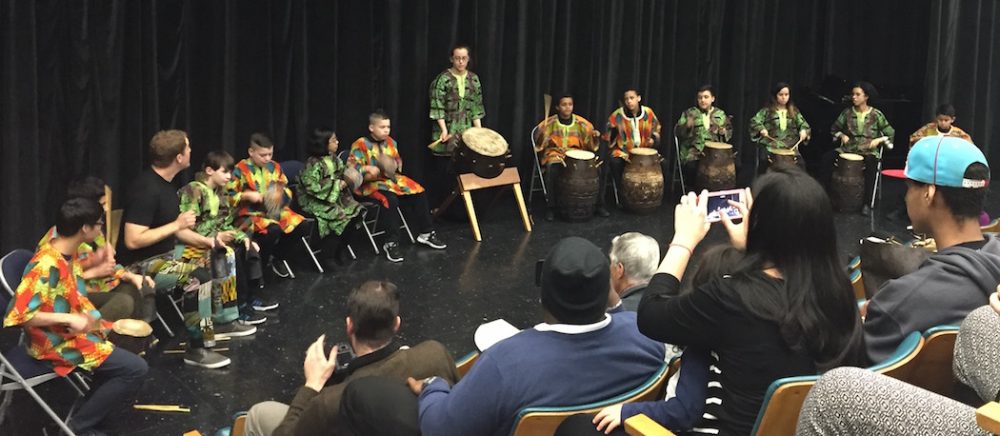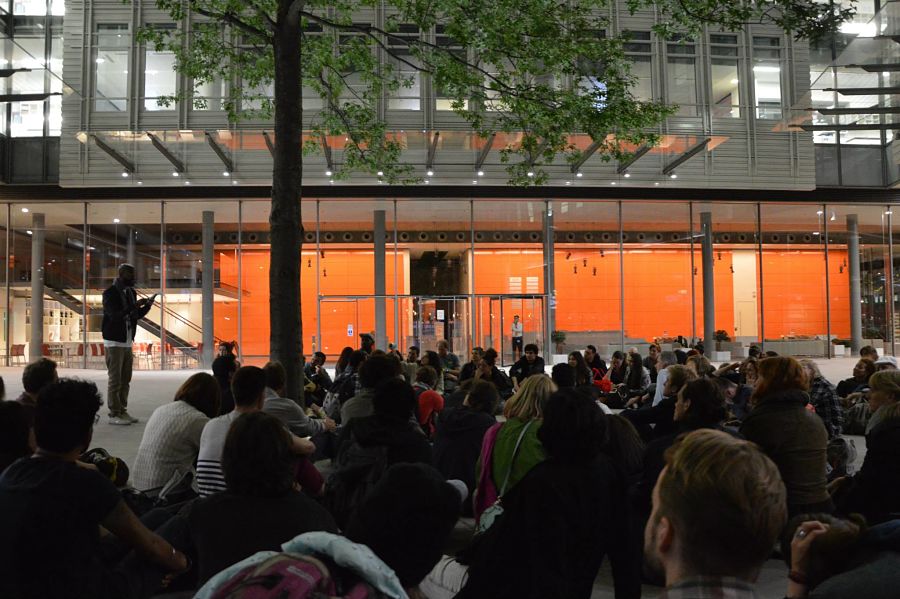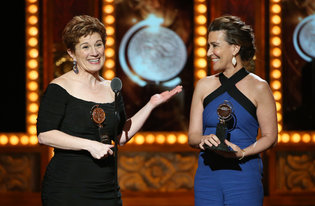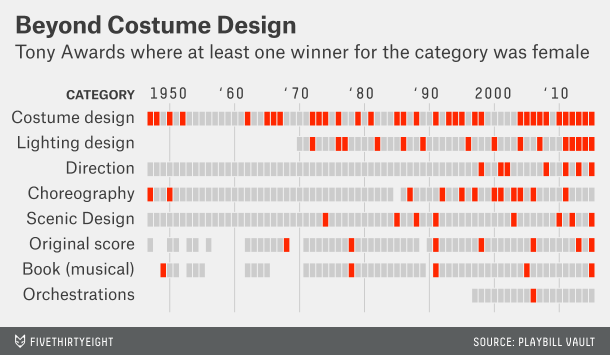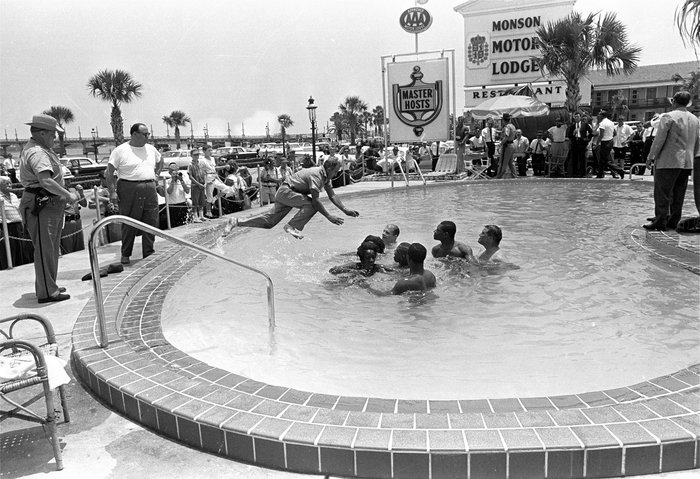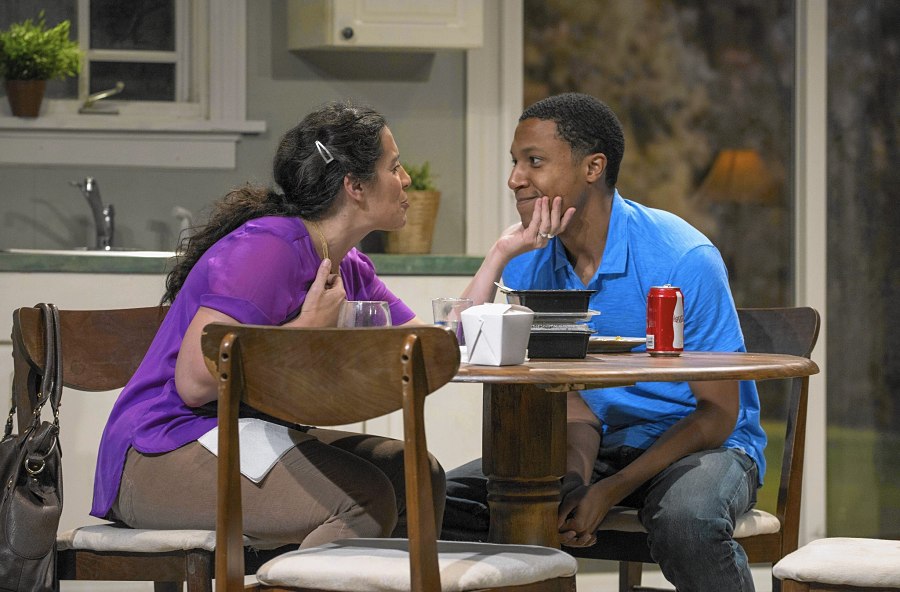Link Roundups feature articles and bits of internet goodness that our dramaturgy team digs up. If you find something you want to send our way, drop us a line on Facebook or Twitter!
♦♦♦♦♦
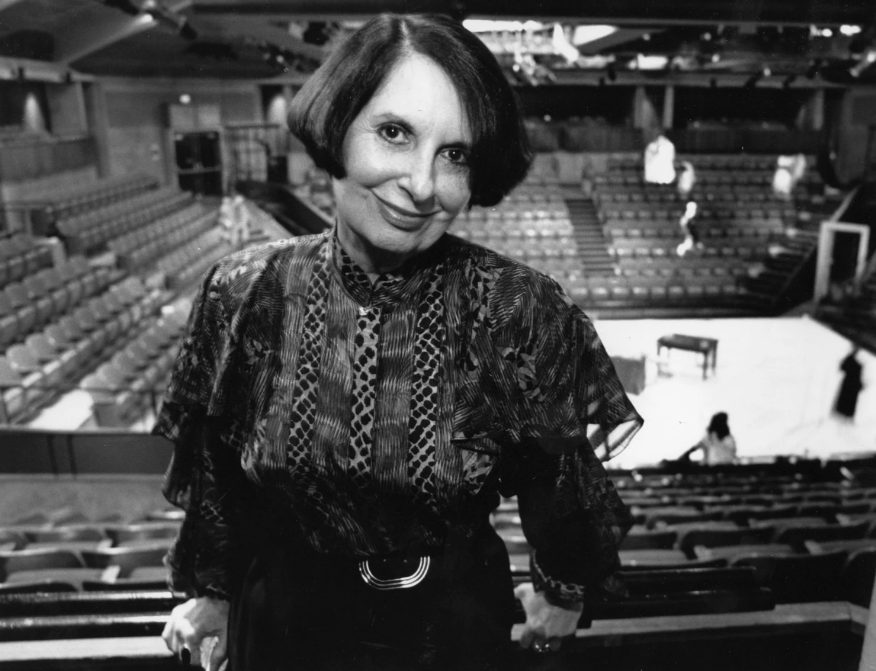
Zelda Fichandler poses for a portrait inside the Arena Stage in 1990. (Lucian Perkins/The Washington Post)
The Washington post has a story on Zelda Fichandler, who co-founded Washington’s Arena Stage and just passed away at the age of 91:
Mrs. Fichandler helped will Arena Stage into being. A Cornell University graduate with a degree in Russian language and literature, she enrolled in a master’s of fine arts program at George Washington University in the late 1940s and confronted a drama teacher who bemoaned the lack of professional theater outside New York.
“So I said, ‘Why don’t we do something about that?’ Whimsically sealing my fate for the next 40 years,” she told the New York Times.
♦♦♦♦♦
HowlRound posted a lovely essay by friend of Company One, P. Carl:
Personal transformation is complicated and terrifying. It’s been a little surreal and sometimes seemingly indulgent to be transitioning as an individual in this dire social moment. We white liberals never imagined an overt white supremacist becoming a viable nominee for president of our country. It didn’t really occur to us, and at some levels feels like it just happened, out of nowhere. But as Claudia Rankine makes so clear in her wrenching book Citizen: An American Lyric, though the fiction of the facts may assume “innocence, lack of intention, misdirection,” the reality, as many people of color have known all along, is that white supremacy is nothing if not intentional, a plot with a clear objective, a plot cascading toward an endpoint, one we see in the numerous and “unbelievable” shootings and deaths of black men and women—black people in cars, on the ground with their hands up, in jail cells for no apparent reason.
